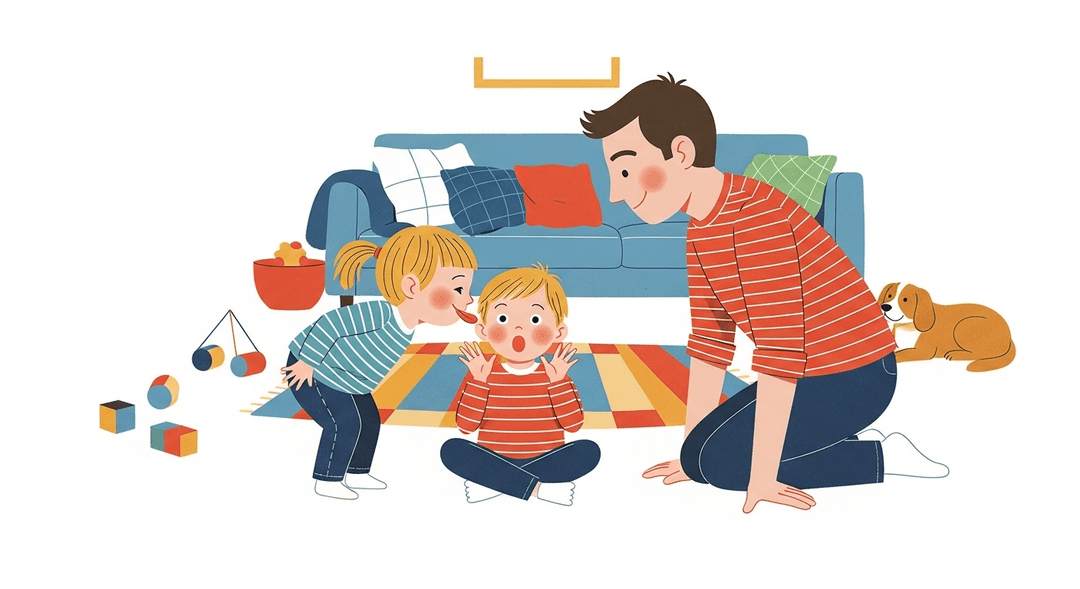Boundaries, Respect, and Consent
Ever tried to explain to a preschooler why licking their sibling’s face isn’t 'nice sharing'? Welcome to the magical world of boundaries, where 'no' doesn’t mean 'ask me again in five seconds.' If you’ve ever had your personal space invaded by sticky fingers or been asked 47 times for a snack you already said no to, this one’s for you. Spoiler: teaching consent starts way before dating age, and it’s mostly about not letting anyone (including you) poke your belly button uninvited.
Kids who learn about boundaries and consent early are more likely to develop healthy self-esteem, emotional intelligence, and respect for others. It literally wires their brains to recognize and respect social cues, reduces anxiety, and makes them less vulnerable to peer pressure or unsafe situations later. For parents, it’s a sanity-saver: fewer meltdowns, more trust, and a lot less guilt about saying 'no.'
How to do it
Start by modeling the behavior yourself. Say "no" kindly but firmly, and make sure to respect when your child says "no"—even if it’s to something you love, like that adorable hat.
Use real-life moments to practice. For example, ask, "Do you want a hug or a high-five?" If your child says "no," celebrate their decision! This helps reinforce that their boundaries matter.
Teach your child to ask before touching or taking things from others. Role-play different scenarios together, such as what to do if someone says "stop."
Keep the conversation going. This isn’t a one-and-done talk—it should be a regular topic, like laundry (but with fewer socks).
Key tips:
- Model respectful boundary-setting in your own actions.
- Encourage your child to express their preferences and celebrate when they do.
- Practice asking for consent and responding to "no" through role-play.
- Make boundary conversations an ongoing part of your family routine.
